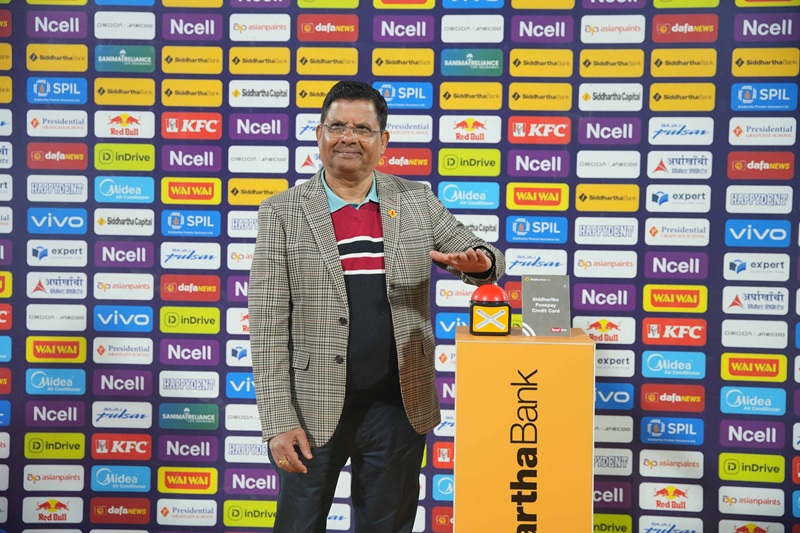Overview of the Payment Industry | Issues and Challenges Of The Payment System
April 16, 2020, Kathmandu
The way transactions and payments work is changing at a rapid pace with new providers, platforms, and tools. The payment industry has evolved from coins to paper, and from bank accounts to e-wallets. The world we live in today is accepting a more convenient way of making payments – the cashless way.
With this shift, it becomes necessary for retailers to adapt to fast, simple, and secure mobile payments. This facilitates various merchants around the globe to sell their products. At the same time, it assists customers to buy goods from anywhere in the world without being present physically.
How do we make payments?
By using the Internet! The advancement in the global business platform has triggered almost every business house to convert to the e-payment system.
The workflow of the Online Payment System (Source: http://mqs.gtpl.net/)
Payment Channels
Here are the three major payment channels based on market participants:
- Business-to-Consumer (B2C)
- Consumer-to-Consumer (C2C)
- Business-to-Business (B2B)
Among these, C2C payments are proving to shape most actively while B2C and C2B have not been left behind with its use in banks, enterprises, startups.
C2C payments have the highest potential to evolve in the future. According to MEDICI, this is due to several factors:
- Convenience and ease of use
- Lack of entrenched counterparties such as businesses that are typically much slower to adopt new business processes
- Lack of stickiness for incumbent service providers such as offers, and rewards
Now, processors for the payment systems can use different channels for a transaction. Each of them has different operating characteristics, rules, and settlement mechanisms.
All the payment systems operate on one of the following payment channels:
- A paper-Based system, such as checks or drafts. This is the standard way to make a deposit and withdraw funds in/from the bank. These are the oldest forms of non-cash payment systems. Many countries still widely use checks for payment.
- RTGS (Real Time Gross Settlement) or High-Value Payments, commonly called wire transfers. Even though wires came into existence in the late 1800s with the invention of the telegraph, they weren’t widely used until the early 1900s.
- RTNS (Real-Time Net Settlement) or Automated Clearing House (ACH) batch payments, which came out in the early 1970s. They were designed to replace checks with e-payments. Unlike wires, the ACH payments are processed in batch. But, they would initially facilitate payments under $100,000, such as payroll or customer transactions.
- Cards are a payment channel that includes credit and debit cards along with stored value cards. Nowadays, it is the most popular payment channel and pretty sure you already have one.
- Mobile Payments is the use of mobile applications to pay for the purchase of goods and services. It might be at a retail POS terminal (using QR code or other means) or through the Internet. You can initiate payments via SMS, mobile browser, mobile app, or QR codes. With the increase in sales of smartphones, mobile payment services have the potential to overgrow and become the primary means of payment.
Also Read: How to Start Online Recharge Business in Nepal
Challenges and Issues in E-payment System
Lord Buddha Education Foundation (LBEF) published a report on a study from a customer’s perspective on the challenges in the electronic payment system in Nepal. The report includes the analysis from questionnaires presented to 113 respondents. The result of this analysis showed age group, gender, education qualification makes a significant difference in performing the electronic payment.
The research shows that 100% of people use an alternative way of payment system over cash payment. This means the usage of the e-payment method has already taken over in Nepal.
Also, 67% of people are using mobile banking, while 49% use internet banking to make payments.
It’s a good number for a country like Nepal, but only if there were lesser challenges in our electronic payment system.
Some threats or issues include:
- Low Customer Awareness about the electronic money transaction procedure. The research shows that 47% of people had difficulties while performing transactions. Eventually, this leads to the same people abandoning the channel or shifting to other platforms.
- Lack of Proper Legal Provision regulating the e-payment system. There are legal issues in the e-payment system in Nepal which have no proper regulation and practiced law. However, a legal framework has also been stated to be formed and applied soon to streamline the modes of electronic and online payment in Nepal (Nepal Rastra Bank, 2016).
- Security Issues and Privacy Concerns are increasing, and we lack the proper countermeasures to tackle any cyberattack. Banks and financial institutions have to rely on themselves to search for a supplier to maintain security regulation and framework. Moreover, third-party service providers like NEPS or SCT run most ATMs in Nepal. Since the banks are so dependent on the service providers, they should establish proper compliance and security.
- Prone to Cyberthreats is a rising issue for service providers and customers. Customers need to provide personal detail, including card information, to process payment. This sensitive data could be easily hacked if transferred via insecure lines or malicious links. Sometimes, hackers may launch phishing campaigns or malware attacks on customers to steal their data. Due to a lack of proper security, users have faced issues like suspicious transactions and cash deduction without withdrawing.
Final Say
The digital payment systems in Nepal have simplified the way we make payments for goods and services. They are convenient and quick methods of transaction. Meanwhile, there is always the question of security when it comes to digital cash.
There is an utmost need to upgrade the security of banks, financial institutions, and service providers. User data is the most vulnerable when it comes to cyberattacks.
According to the report by LBEF, about 70% of the respondents think the threats and vulnerability are due to user unawareness.
There are many cases of data breaches like the recent Foodmandu and Vianet incidents. At such a time, people need to be made aware of the potential threats of internet usage. Also, proper countermeasures should be implemented by service providers to prevent a data breach or at least the harm due to data breach.








